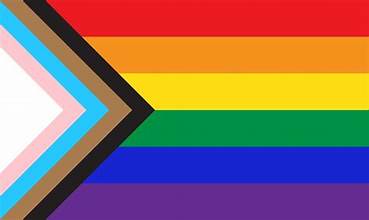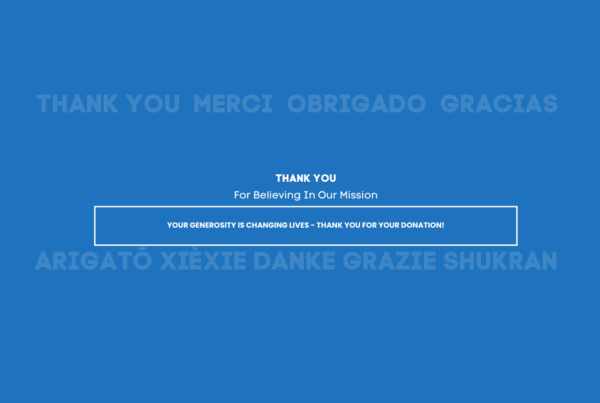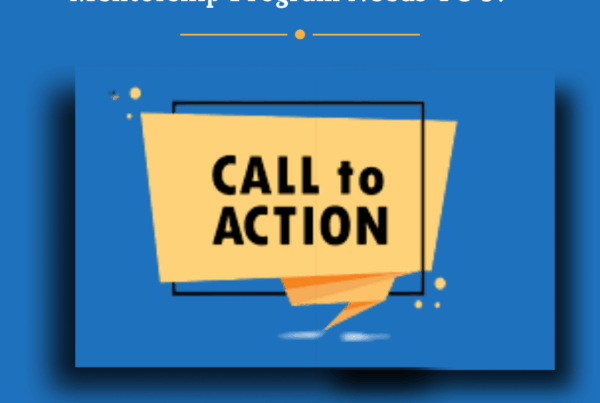Did you miss the webinar “Tips for Working with LGBTQ+ clients in DBT” presented by Drs. Skerven and Camp?
This is Part II to the June Blog post where we will continue to highlight ways to tailor DBT skills training, address traumatic invalidation, and build a culturally responsive environment for LGBTQ+ clients.
Don’t hesitate to go back to June Webinar Recap-Part I for more on the webinar.
TIP ONE – Dialectics and skills training
Before approaching skills training at all, center yourself on the dialectics of an LGBTQ+ client and their environment. While DBT therapists help all clients manage the world as it exists, the environment for an LGBTQ+ client can be targeted for change. Be careful not to send the message that accepting an invalidating environment is the only option! Pervasive stigma exists, and targeting cultural change and building an affirmative community is key. While the DBT skills alone will help LGBTQ+ clients address standard targets, they’re also easily adaptable to LGBTQ+ specific themes and concerns. DBT skills can address specific LGBTQ+ stigmas!
For example, identity exploration requires self-observation, and core mindfulness skills can help clients explore a sense of self while using a non-judgmental stance. Having radical acceptance, mindfulness to thought, and self-soothing skills in clients’ toolboxes is key to managing what may feel unmanageable. Increasing self-acceptance and building confidence for LGBTQ+ clients require the ability to address strong emotions. Teaching the interplay of biology and behaviors with the model of emotion provides a road map for navigating urges, thoughts, and feelings. Opposite Action to shame and unjustified guilt allows space for self-confidence, curiosity, and problem solving. In fact, the Check the Facts skill can help clients evaluate fears for physical and psychological safety while seeking an accepting community. As LGBTQ+ clients often work to manage their worries about coming out and connecting with others, the interpersonal effectiveness skills can lend structure to those conversations. Building new relationships and ending destructive ones creates a new community for clients and clears a path for addressing stigmas in a client’s environment, whether that’s in close relationships or the community at large.
TIP TWO – Watch for Traumatic Invalidation
When a person’s environment consistently sends a message that their behaviors, emotions, and personal traits are unacceptable, a client experiences traumatic invalidation. While DBT skills can help, experiencing rejection based on gender identity and sexual orientation adds to the challenge of navigating one’s environment. Themes of traumatic invalidation for LGBTQ+ clients include feeling dismissed, ignored, emotionally neglected, and having their reality denied; more aggressive forms of traumatic invalidation include being openly criticized, misinterpreted, blamed, or treated unequally by family and peers. LGBTQ+ clients share the experience of being denied entry into valued social circles due to gender identity or sexual orientation, including when engaging with medical or mental health professionals! A DBT therapist is wise to identify and process traumatic invalidation themes with a client, as addressing them openly helps clients accept and change stigmas, they experience for themselves as well as stemming from the environment.
TIP THREE – Promote a safe environment
DBT therapists are trained to adapt a non-nonjudgmental stance and create safe spaces. For the LGBTQ+ client, remember to include cultural responsiveness into therapy relationships. Check assumptions about identity at the door, and do not assume a client is heterosexual or has a specific sexual orientation or gender identity. Practice gender neutral language as often as possible to avoid setting a tone of exclusion and ask upfront about pronouns. Inclusive language on websites and administrative paperwork advertises safety for LGBTQ+ clients. One specific tip includes avoiding the category of “other” on documentation. Consider the term “prefer to self-describe” instead when collecting demographics. Your specific client’s context should be considered as well. For example, if working with an older LGBTQ+ client, terms such as “transsexual” or “homosexual” may be affirming, while younger clients consider the terms outdated.
When asked what promoted a sense of acceptance in the larger community, LGBTQ+ clients named several affirming experiences. Community members that are familiar with anti-hate crime legislation, family and friends advocating and promoting acceptance for LGBTQ+ people, and neighbors flying pride flags and displaying yard signs promoting equity and acceptance helped build trust in their environment. Public figures that identify as LGBTQ+, and realistic portrayals of couples and families outside of heterosexual norms on social media also lent itself to a larger sense of community. Overall, a community that displays acceptance invites members to be radically genuine. By staying educated, our community of DBT therapists treating a community of clients can both accept and promote equality for LGBTQ+ people inside and outside of the therapy office.
A big Thank You to our editors who make this Blog happen:
Co-Editor – Amy Kalasunas, LPCC-S, CCMHC
Co-Editor – Emily Vanderpool, LPC-MHSP, LBA, BCBA
Co-Editor – Tali Wigod, Psy.D.
Co-Editor – Casey Anderson, LCPC, RPT
Co-Editor – Liz LoTempio, Psy.D.





